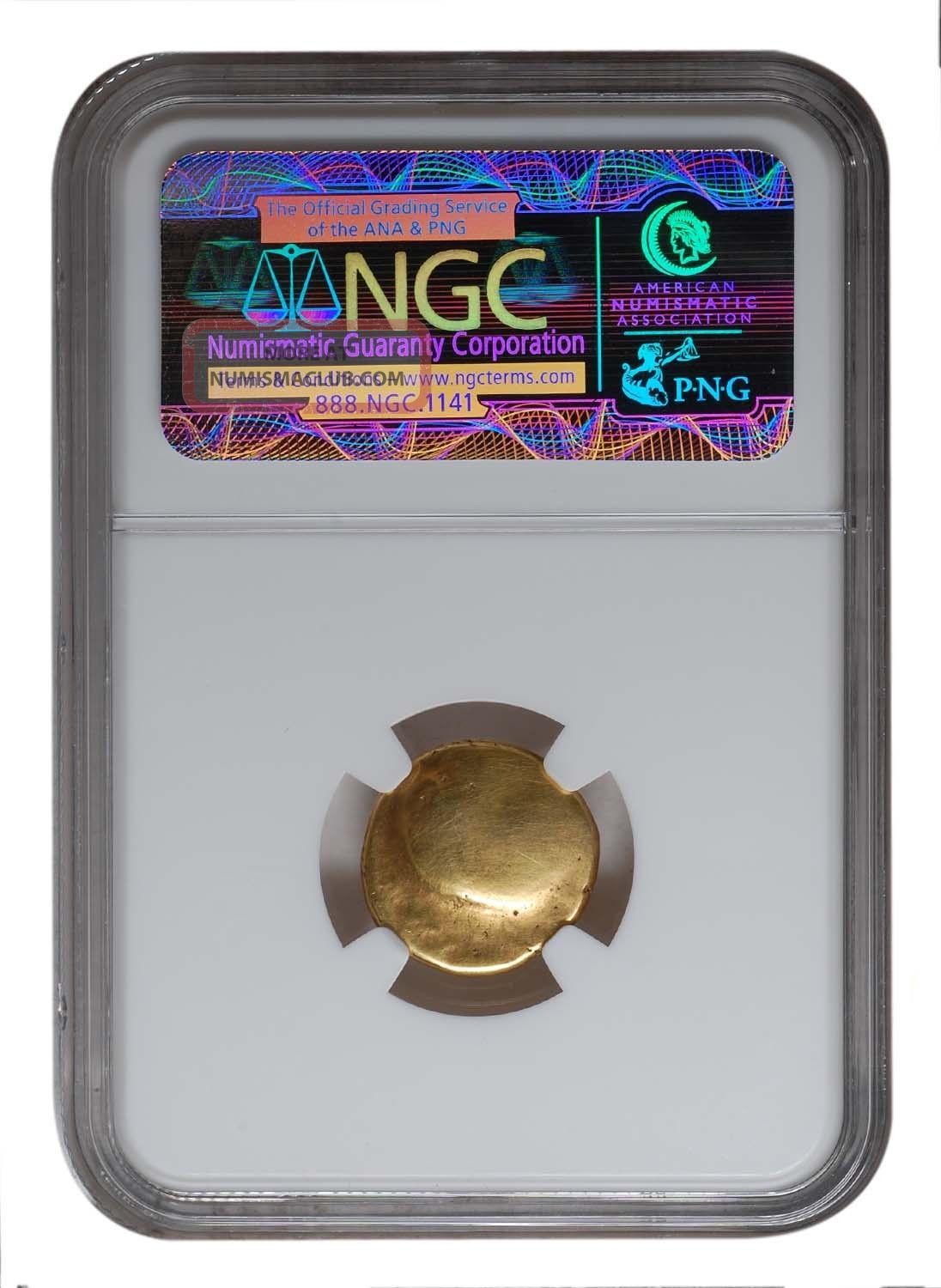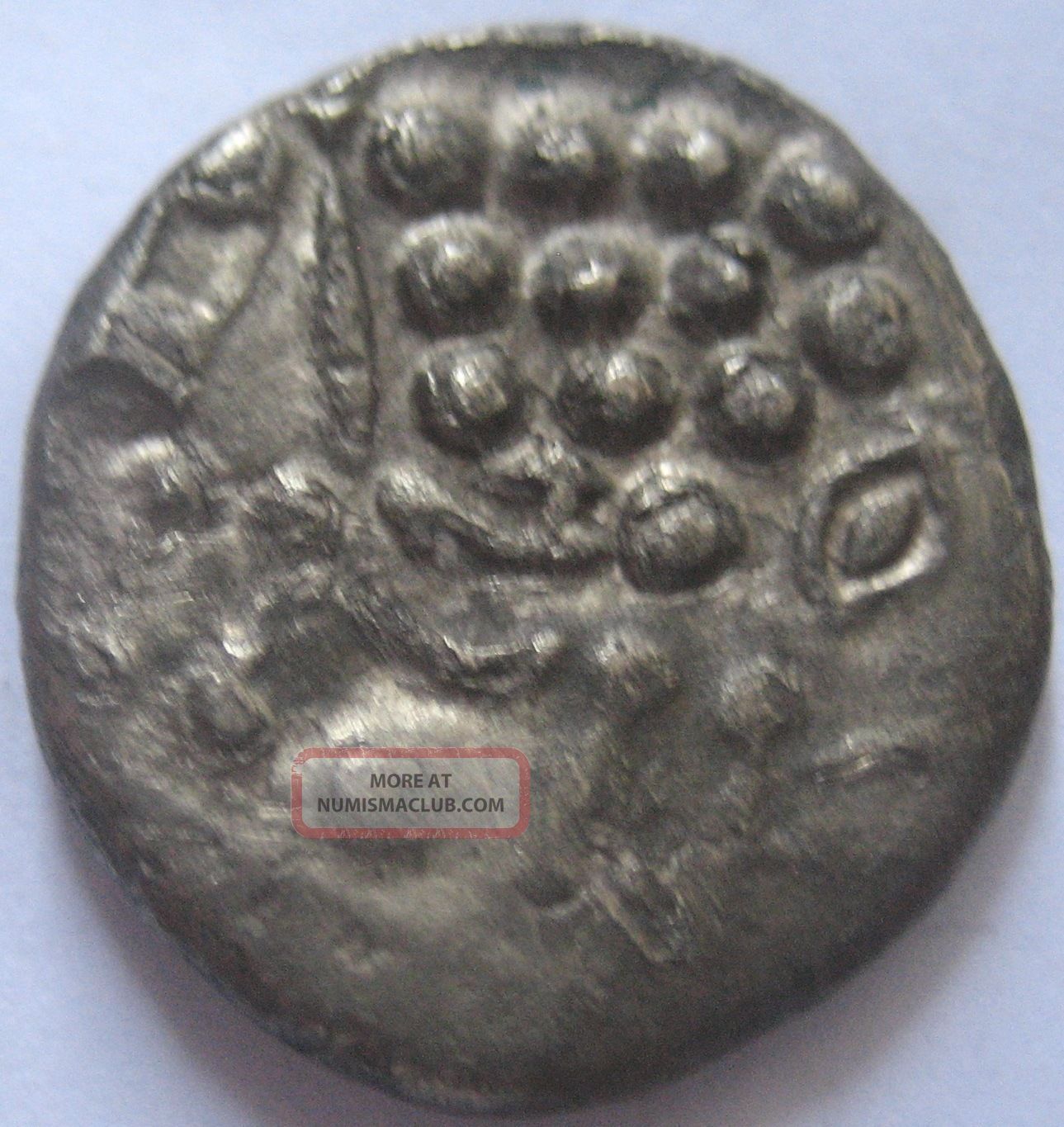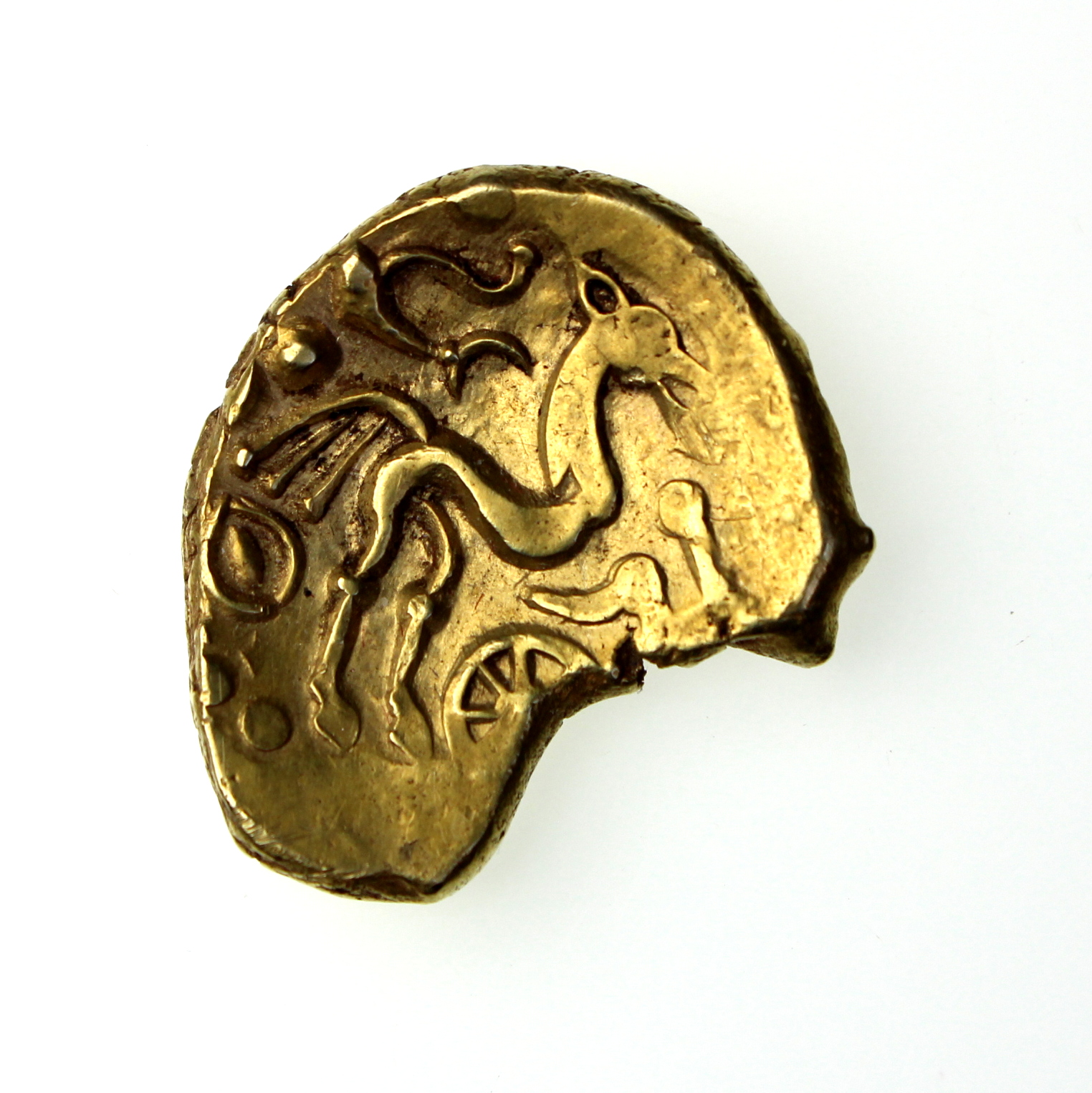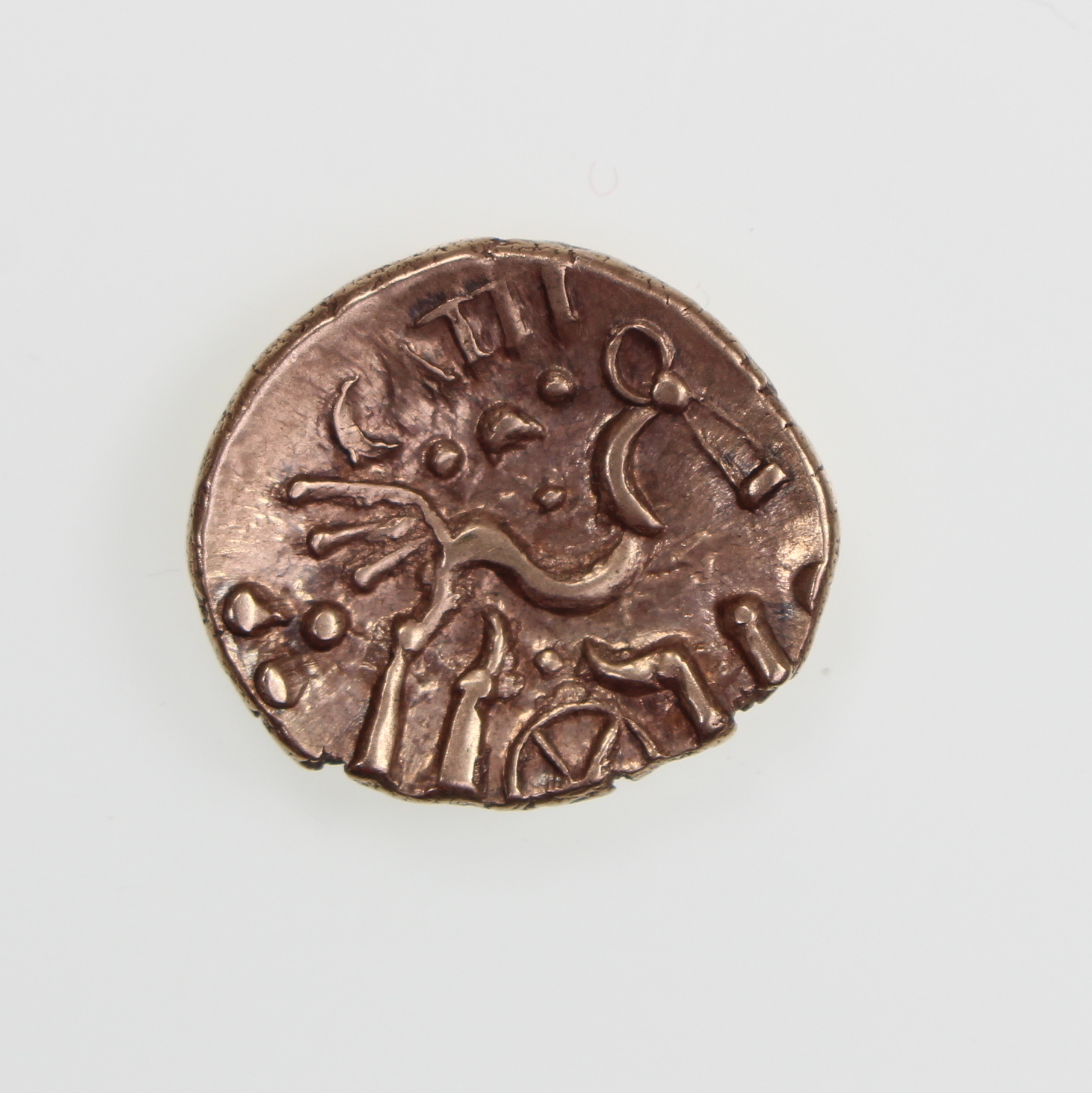

More specific names for individual coin types generally consist of catalog numbers, although in some cases simple descriptions are used. Ĭopper alloy coins are described as staters, quarter staters, and units with cast staters and potins being considered separately. Minims covers the various silver coins weighing less than 0.4 g (0.014 oz). Units generally weighed between 0.8–1.4 g (0.028–0.049 oz), with half units about half the weight of units. Silver coins are described as staters, units, half units and minims. A few gold coins without clear weight relationships to staters are sometimes called gold fractions. Quarter staters, as their name suggests, had about a quarter of the weight of gold staters. Gold coins are described as staters or quarter staters, with the name deriving from Greek coins. Modern researchers have given coins whether inscribed or uninscribed various names. The original names of British Celtic coins are unknown. No evidence for this claim has been found. John Lesley, writing in the 16th century, claimed that leather money had been issued in Scotland in the second century BC. Historically it has been claimed that gold rings were used as currency, but improved dating has rendered this claim unlikely. However, iron bar currency is considered more likely in the light of archaeological discoveries. There are variances in the surviving texts, meaning that it is possible the original text was referring to iron ring money. What appears to be iron bar currency was mentioned in Julius Caesar's Commentarii de Bello Gallico. Sword-shaped bars make up another 40 percent. Spit-shaped bars are the most commonly found, representing half of all finds. It has been suggested that these shapes were used to show the origin of the bars. Currency bars have been found in four forms known as sword-shaped, spit-shaped, plough-shaped, and bay-leaf-shaped. The first currency in Britain appears to have been iron currency bars first appearing around 200BC. More recently, false provenances have been produced to hide the source of coins looted by metal detectorists such as the mass looting of the Wanborough Temple site. Historically this falsification may have been driven by farm-workers wanting to hide that they had taken the coins from their employer's land. The archaeological record may be distorted by cases of the deliberate falsification of find spots. The coins in the core area are generally attributed to the Atrebates and Cantii in the areas south of the Thames and the Trinovantes and Catuvellauni to the north. This was surrounded by a periphery of coin using groups some of which, the Corieltauvi, Durotriges, Dobunni and Iceni, appear to have minted their own coinage. Ĭoin use is usually divided into a core area which covers the home counties as well as parts of Oxfordshire, Northamptonshire and Cambridgeshire. Exact dating of coins often changes in the light of new research. Cast coins may have been produced for a few more years around Hengistbury Head. Coin production was largely ended by the Roman conquest of Britain, first by the Claudian invasion of AD 43 and later by the Defeat of Boudica in AD 60 or 61. Coins were first imported in large numbers in around 150 BC and domestic minting began around 100BC.


The earliest currency consisted of various forms of iron bars. The Celtic currency of Britain were the various items and coins used as currency between approximately 200 BC and AD 60.

If the Caratacus stater had been a Roman coin of similar rarity and similar importance it would unquestionably have realised well over £1 million, like that aureus of Brutus that recently went for £2.7 million.” Without disclosing the identity of the buyer, Liz reports that the winning bid came from a British entrepreneur who has had many successes, not only in business, but also on the race-track, mostly with his dogs (he has over forty) and more recently with his horses.Part of the Farmborough Hoard consisting of staters inscribed "CORIO" In my opinion Celtic coins are still widely undervalued. “This is the highest price ever paid for any Celtic coin anywhere in the world,” says Liz, “and considering the historic importance of Caratacus – Britain’s first famous freedom fighter and first national hero, and considering the uniqueness of the coin – the one and only gold coin of Caratacus ever found – I believe it’s the biggest bargain we’ve ever sold. On November, 15, 2020, in Norwich a unique gold stater of Caratacus was sold by Elizabeth Cottam of Chris Rudd Ltd for a record-shattering £88,000 (hammer price £71,000, estimate £30,000). Caratacus gold stater sold by Chris Rudd for £88,000, a world record price.


 0 kommentar(er)
0 kommentar(er)
